| Type |
2-seat sportplane and trainer |
| Engine |
1 Continental A651 |
| Dimensions |
Length 6,79 m , height 2,03 m , span 10,75 m , wing area 16,6 m2 , |
| Weights |
Empty 290 kg , loaded , max. take off weight 500 kg |
| Performance |
Max.. speed 148 km/h , cruising speed 132 km/h , range 402 km, endurance , service ceiling 3658 m , climb 137 m/min. |
Piper Cubs of the Luftwaffe
Though the Germans had a perfectly fine liaison plane in the form of the Fieseler Storch (Stork), the Luftwaffe also appreciated the merits of the lighter, cheaper Piper Cub, especially when one could be had for no cost as war booty.
The German army and air force stormed into Denmark on April 9, 1940. The Danes put up little military resistance, but the citizens immediately began a policy of non-cooperation and subversion that would last for the next four years. As one small part of this resistance, the Danes torched the Cub Aircraft Co. Ltd. factory, which had been set up in 1938 to assemble airplanes sent over from Lock Haven in kit form. (A number of these were actually Taylor Cubs, built in Bradford, Pa.) Altogether, Denmark imported 16 J-2s, 24 J-3s, and 8 J-4s, of which 32 were assembled before the German invasion. Apparently they were painted silver, with a blue Cub lightning flash.
At least one J-3 was flown to neutral Sweden to keep it out of German hands. This plane (shown at left in its present incarnation as SE-AIC) was s/n 2486, meaning that it was built at Lock Haven in 1938 as one of the first batch of true J-3s. It was delivered asa completed aircraft to a Danish
(possibly Swedish?) customer in 1939. It belongs to Per Hallin and reportedly has J-2-style ailerons.
Thirteen partly-assembled Cubs were destroyed when the factory was set on fire. A couple must have survived, however, because two planes were supposedly completed in Denmark after the war.
Meanwhile, the Germans rounded up the survivors, including the J-2 shown above after it was re-captured (and the paint touched up) by American forces. This plane has been identified as s/n 1319, formerly registered in Denmark as OY-DUP. A Taylor Cub built at Bradford in 1937, it was probably exported the same year and assembled in 1938. It seems to me that Piper supplied its Danish affiliate with Taylor-built J-2s and early-production J-3s, no doubt to make room for the new models at home. That would explain why SE-AIC appears to have J-2 ailerons.
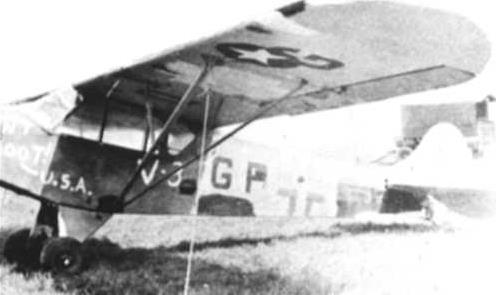
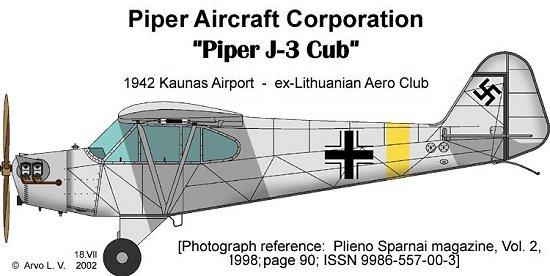
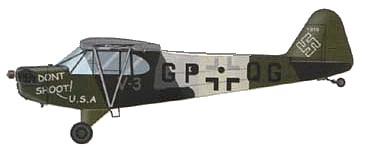
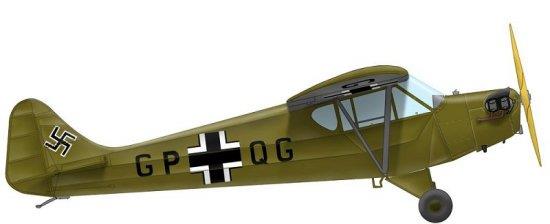
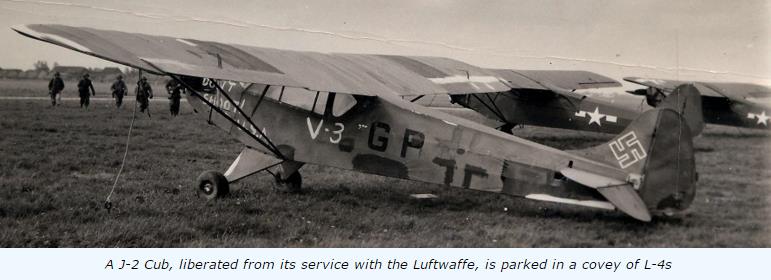
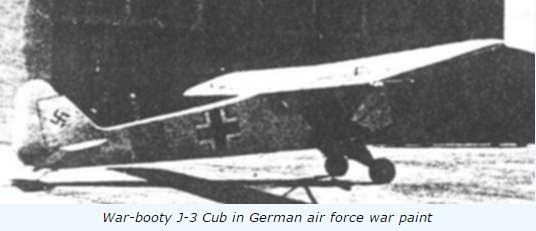
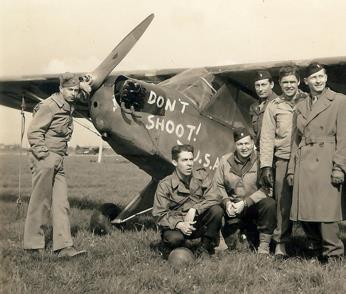
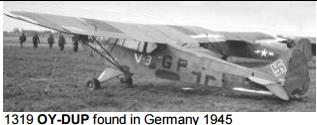
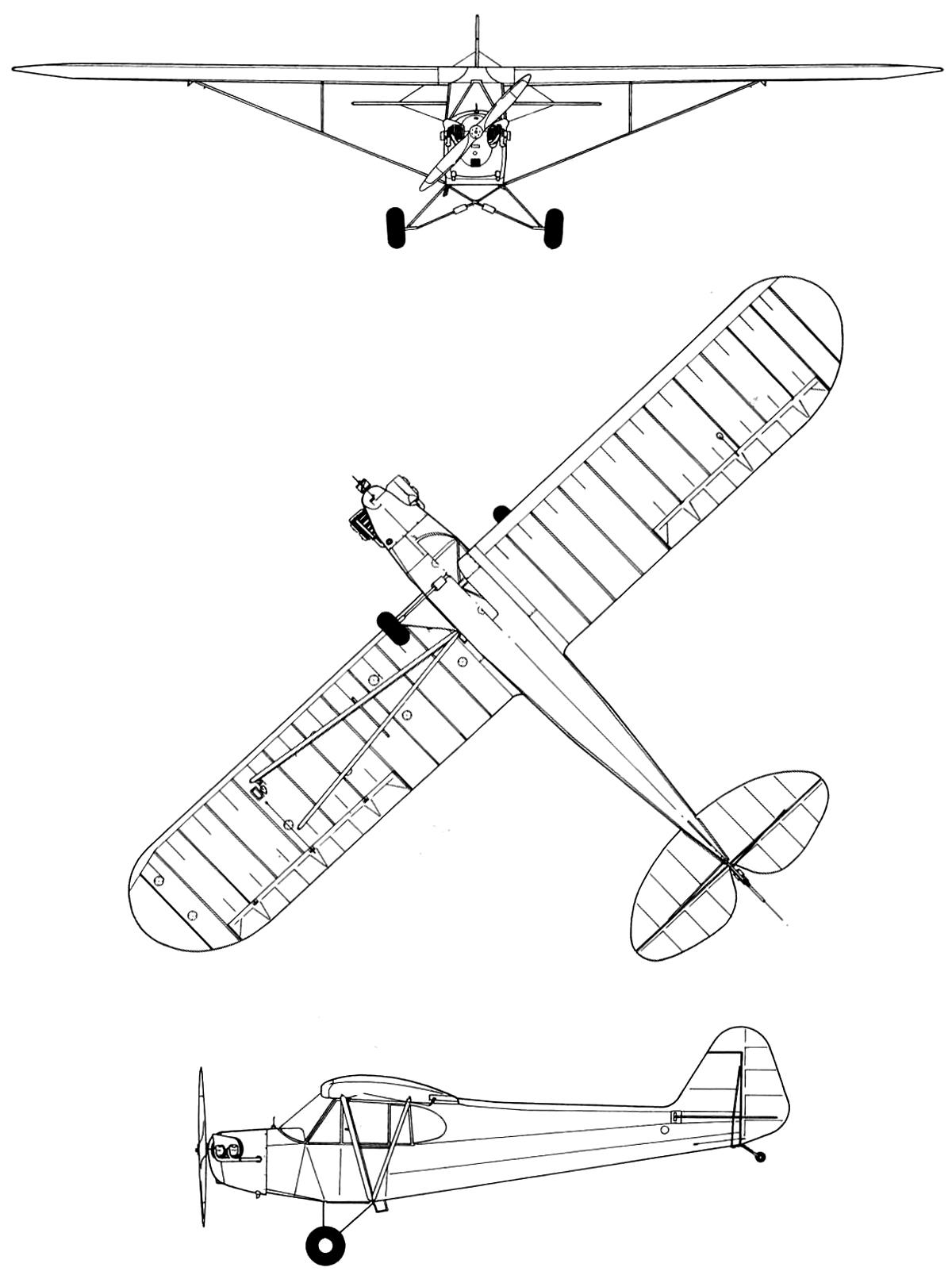
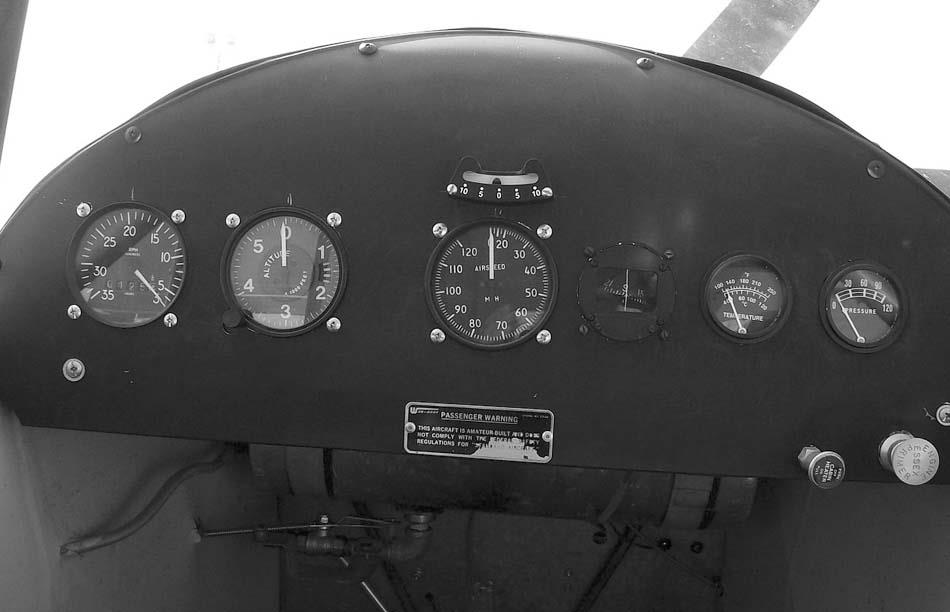
| Type |
Werk.Nr |
Registration |
History |
| Taylor E-2 |
339 |
OY-DUL, D-CATW |
(Bradford) |
| Piper J-2 |
1155 |
OY-DAO |
(Lock Haven) |
| Piper J-2 |
1156 |
OY-DYN |
(Lock Haven) |
| Piper J-2 |
1260 |
OY-DAO |
(Lock Haven) |
| Piper J-2 |
1316 |
OY-DEP |
(Bradford) |
| Piper J-2 |
1317 |
OY-DIP |
(Bradford) |
| Piper J-2 |
1319 |
OY-DUP, GP+QG |
(Bradford). Fliegerbildzeug beim Gen. d. Lw, Denmark |
| Piper J-3 |
1163 |
OY-DUM |
(Lock Haven) |
| Piper J-3 |
1995 |
OY-DIT |
(Lock Haven) |
| Piper J-3 |
1998 |
OY-DAT |
(Lock Haven) |
| Piper J-3 |
2335 |
OY-DES |
(Lock Haven) |
| Piper J-3 |
2479 |
OY-DIS |
(Lock Haven) |
| Piper J-3 |
2480 |
OY-DYT |
(Lock Haven) |
| Piper J-3 |
2481 |
OY-DOT |
(Lock Haven) |
| Piper J-3 |
2485 |
OY-DUT |
(Lock Haven) |
| Piper J-3 |
2534 |
OY-DYR |
(Lock Haven) |
| Piper J-3 |
2583 |
OY-DUR |
(Lock Haven) |
| Piper J-3 |
|
OY-DOM |
(Lock Haven) |
| Piper J-4 |
4065 |
OY-DAV |
(Lock Haven) |
| In addition to the Danish-registered Cubs, a Lithuanian J-3 was also impressed into German service; It too may have been assembled by Cub Aircraft Co. Ltd. |









